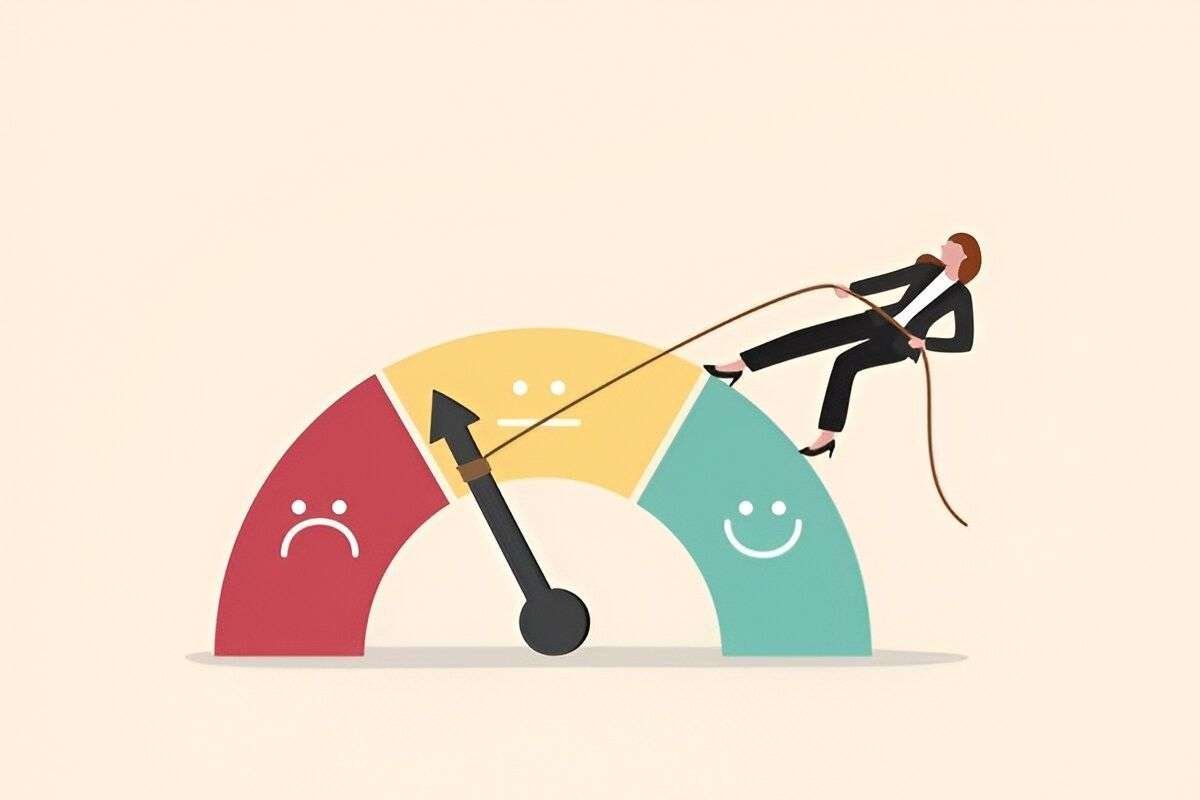In the realm of business and finance, credit control plays a crucial role in managing the flow of credit within an organization. This article explores the concept of credit control, its significance, and practical examples to illustrate its application in financial management.
Table of Contents
What is Credit Control?
Definition
Credit control refers to the practices and policies implemented by businesses or financial institutions to manage and monitor credit extended to customers. It involves ensuring that customers pay on time, minimizing bad debts, and optimizing cash flow.
Key Points
- Debt Management: Focuses on monitoring and regulating the credit offered to customers.
- Risk Management: Aims to reduce the likelihood of bad debts and late payments.
- Cash Flow Optimization: Ensures a steady inflow of cash by maintaining timely payments from customers.
Importance of Credit Control
Managing Cash Flow
- Example: A company implements credit control measures to ensure that invoices are paid promptly, thereby maintaining sufficient cash flow to meet operational expenses.
Minimizing Bad Debts
- Risk Mitigation: Credit control helps identify and mitigate the risk of customers defaulting on payments.
- Example: By conducting credit checks and setting credit limits, businesses can avoid extending credit to high-risk customers.
Supporting Financial Health
- Business Sustainability: Effective credit control contributes to the financial stability and long-term viability of a business.
- Example: Small businesses use credit control to navigate economic downturns by ensuring they receive timely payments from customers.
Components of Credit Control
Credit Policy
- Definition: Sets out guidelines for offering credit, including credit terms, credit limits, and payment terms.
- Example: A business establishes a credit policy specifying that customers must pay within 30 days of invoicing.
Credit Assessment
- Process: Evaluates the creditworthiness of customers before extending credit.
- Example: Banks conduct credit assessments to determine whether to approve loans based on borrowers’ financial history and repayment capacity.
Credit Monitoring
- Practice: Regularly reviews customer accounts to track payment patterns and identify potential risks.
- Example: A retail chain monitors overdue accounts to follow up with customers and prevent outstanding debts from escalating.
Strategies in Credit Control
Invoice Management
- Best Practices: Issues invoices promptly and includes clear payment terms to facilitate timely payments.
- Example: A supplier sends invoices immediately upon delivery of goods, specifying a payment due date of 15 days.
Credit Collection
- Approach: Implements effective collection procedures to recover overdue payments.
- Example: A collections team contacts customers with overdue invoices, offering payment plans to settle outstanding balances.
Relationship Management
- Customer Engagement: Maintains positive relationships with customers while enforcing credit policies.
- Example: A company provides incentives for early payment to encourage customer loyalty and prompt settlements.
Challenges in Credit Control
Economic Factors
- Impact: Economic downturns may lead to increased default rates and tighter credit conditions.
- Example: During a recession, businesses face higher risks of late payments and bad debts.
Regulatory Compliance
- Requirements: Must adhere to legal regulations governing credit practices and data protection.
- Example: Financial institutions comply with GDPR requirements when handling customer credit information.
Conclusion
Credit control serves as a critical function in managing financial risks and ensuring liquidity for businesses. By establishing robust credit policies, conducting thorough credit assessments, and implementing effective monitoring and collection procedures, organizations can optimize cash flow, minimize bad debts, and support long-term financial health. Understanding the principles and practices of credit control empowers businesses to navigate challenges effectively while fostering sustainable growth and financial stability.





